This is the sixth in a series of posts on the Sony a7RIII (and a7RII, for comparison) spatial processing that is invoked when you use a shutter speed of longer than 3.2 seconds. The series starts here.
A reader made this comment to an earlier post.
My analysis of raw files and the “pixel pairing” artifact suggests an important difference between the v3.3 and v4.0 algorithms. Green pixels are far more likely to survive the v4.0 algorithm. So the green parts of a small star survive and the star remains visible.
I had only been looking at red channel histograms, so now I’m turning my attention to the green channels.
You’ll note that I’ve fixed the scaling of the horizontal axes in these plots to the same limits.
The reduction in the upper tail of the distribution is apparent, so the a7RIII version is pretty aggressive.
The a7RII has a bigger spread before the hot-pixel algorithm kicks in.
But the outliers appear to be reduced by more. So maybe there is some difference.
Here are the G2 channes, just for completeness.
If we look at the green channel frequency plots, they look like what we saw with the red channel.
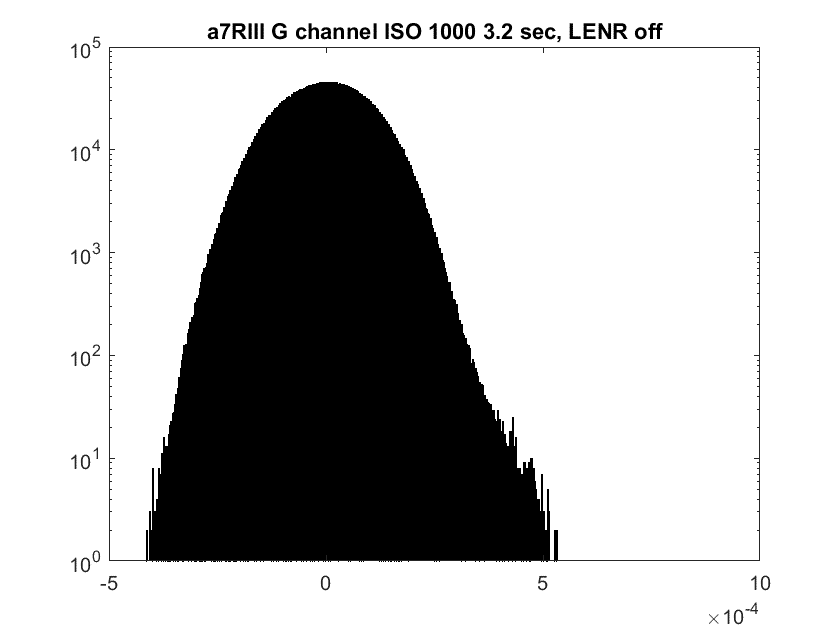
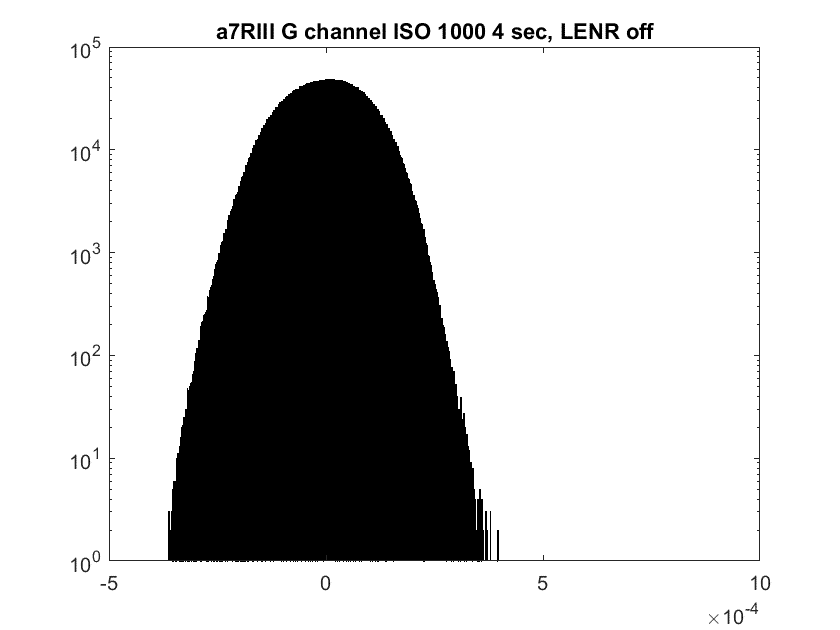
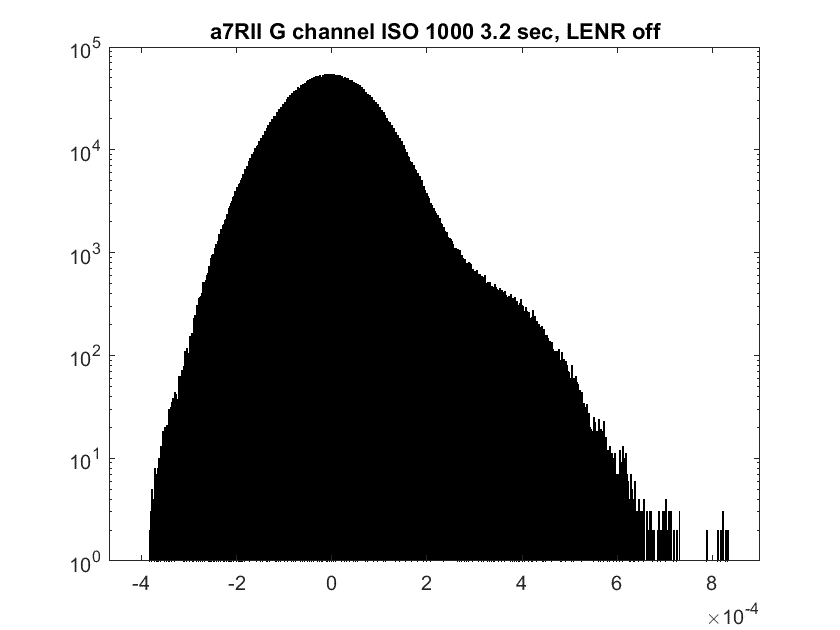
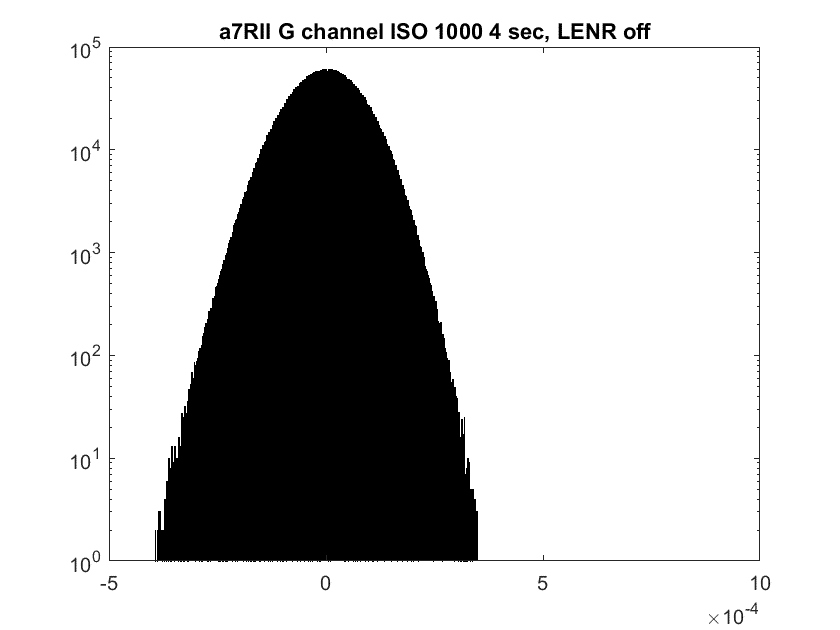
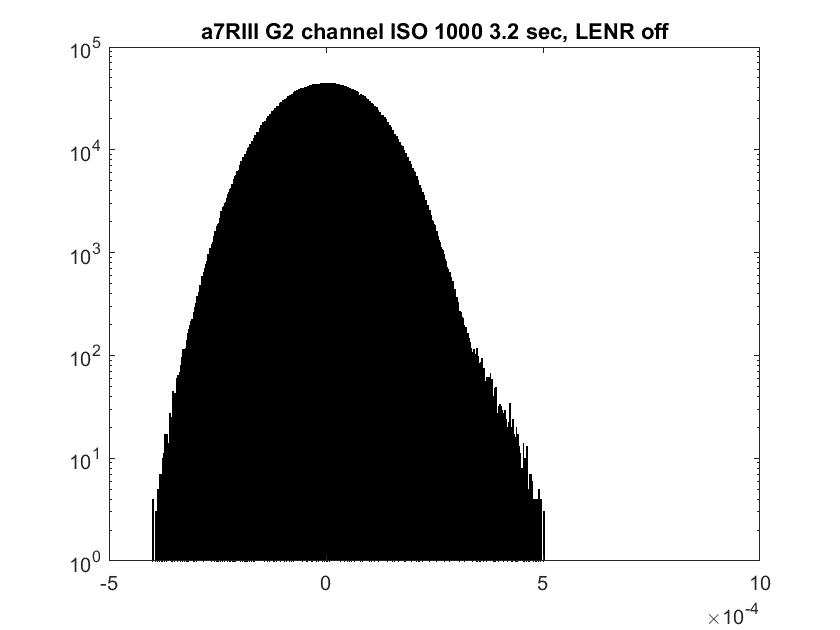
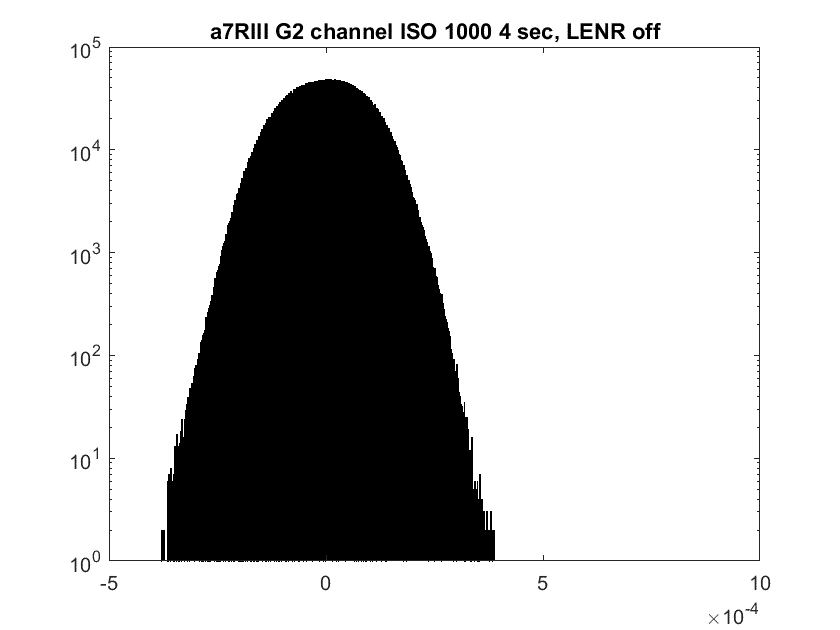
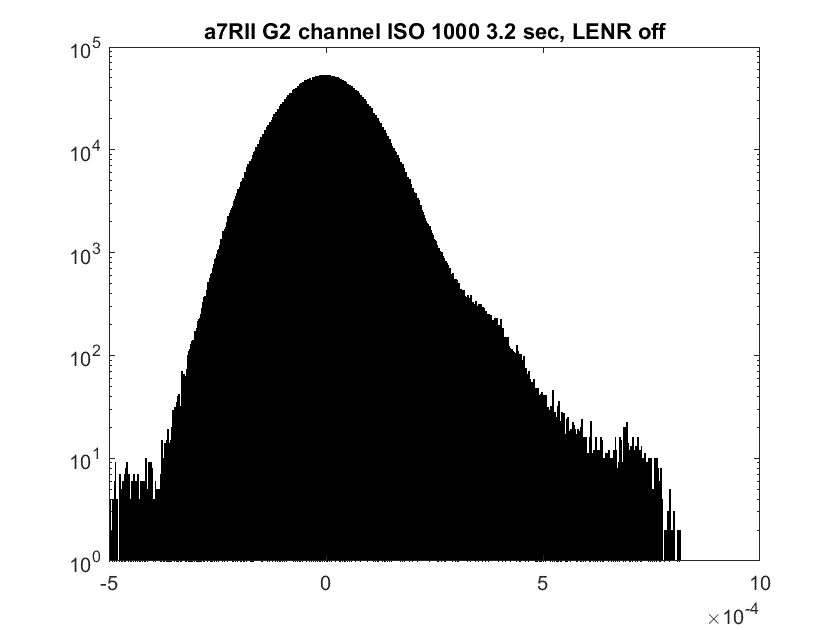
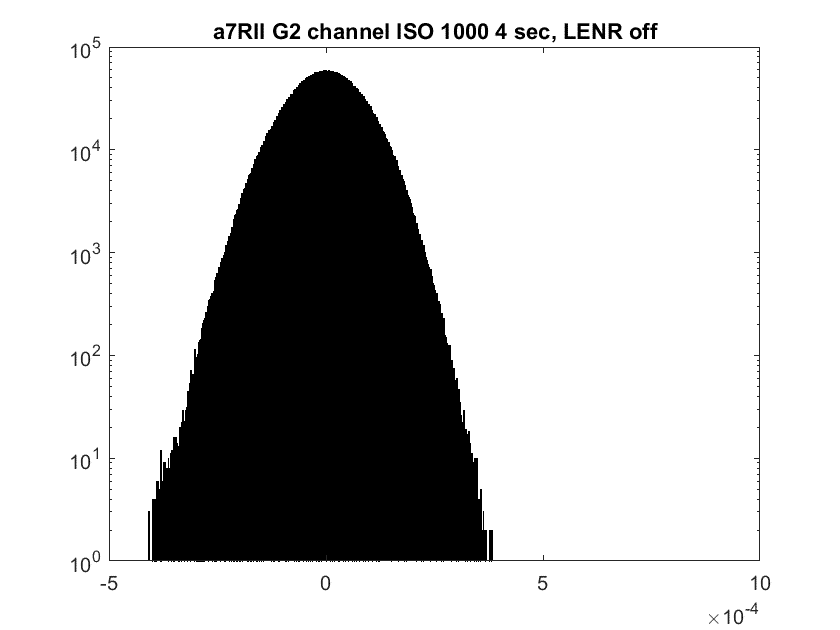
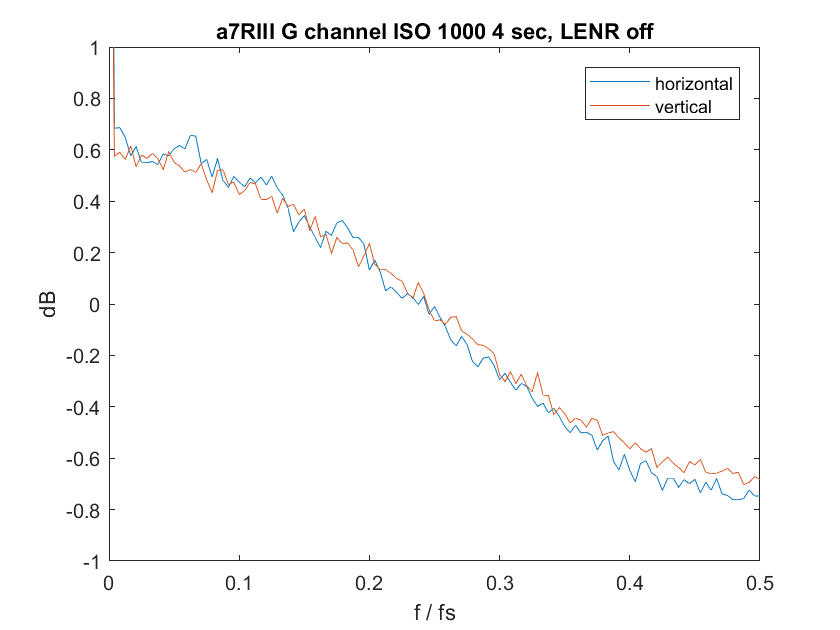
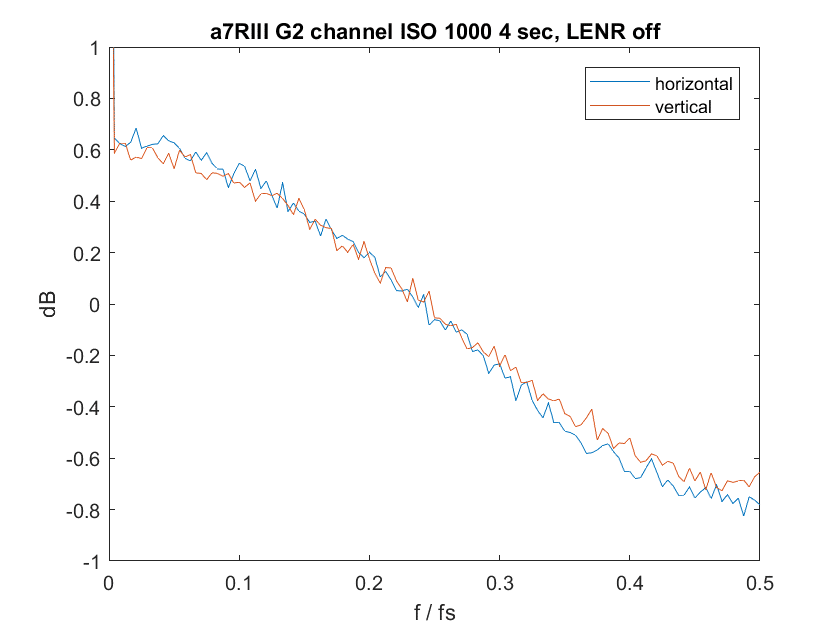
Hi Jim. I think that in the end only a detailed examination of the image at the pixel level will show the difference between the algorithms. I’m on the road at present but if you Google search my page “diagnosing star eater” you will find it all explained there, including what I mean by “pixel pairing”.
Mark, there is excellent material on your site, but I am a loss as to how to turn it into a code that measures the effect. Maybe you can give me some ideas when you return home.
Sure, after the weekend. You might find some useful info here from a previous discussion: https://www.dpreview.com/forums/post/59693566
In your post on pairing, you show the results of testing with artificial stars. Would it be easy for me to create an artificial star target? If so, can you provide some advice? It’s difficult for me to get more than 25 feet away, so getting a small aperture would be important. I see that there are commercial units, but some don’t specify apertures, and others seem to have ones that are too large. I’m figuring a 80 mm lens at 8 meters would be a 100:1 reduction ratio, and to get the star smaller than the pitch, I’d need the artificial star to be 450 um, or 0.45 mm in diameter. And that’s without defocus, aberrations, and diffraction.
Added: I see the Hubble star simulator has apertures as small as 50 um. That sounds good. I’m going to order one.
Mine was DIY – battery torch covered in baking foil with tiniest pinprick and placed at sufficient distance in the dark. Hubble one looks good. It’s certainly the key to “before” and “after” repeatable experiments.
It is clear from these gross histograms that green channel outliers are being removed in the 4-second exposures, though.
When I said green pixels are more likely to survive, I meant only within a small star. In random data there will be no observed difference.